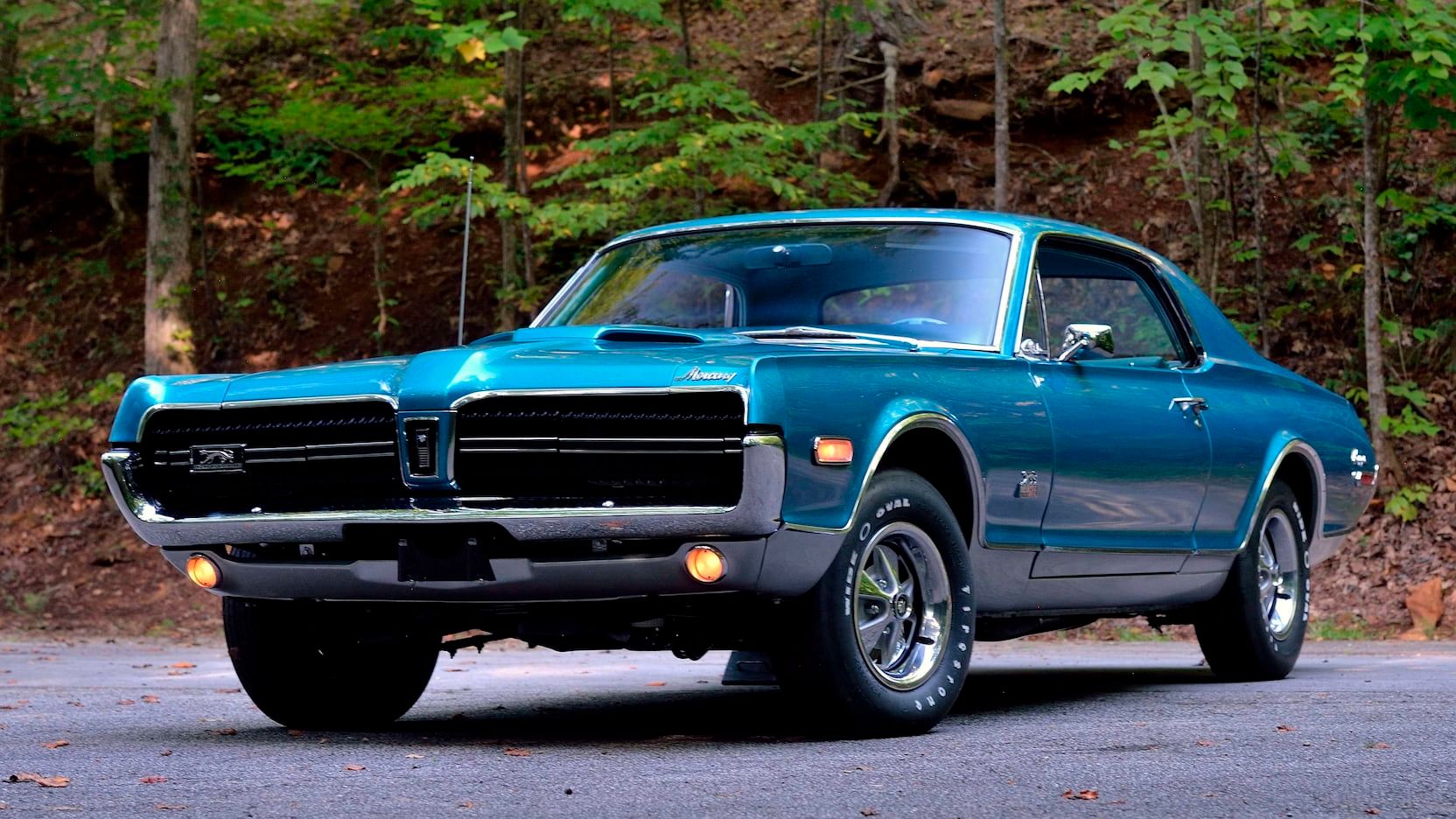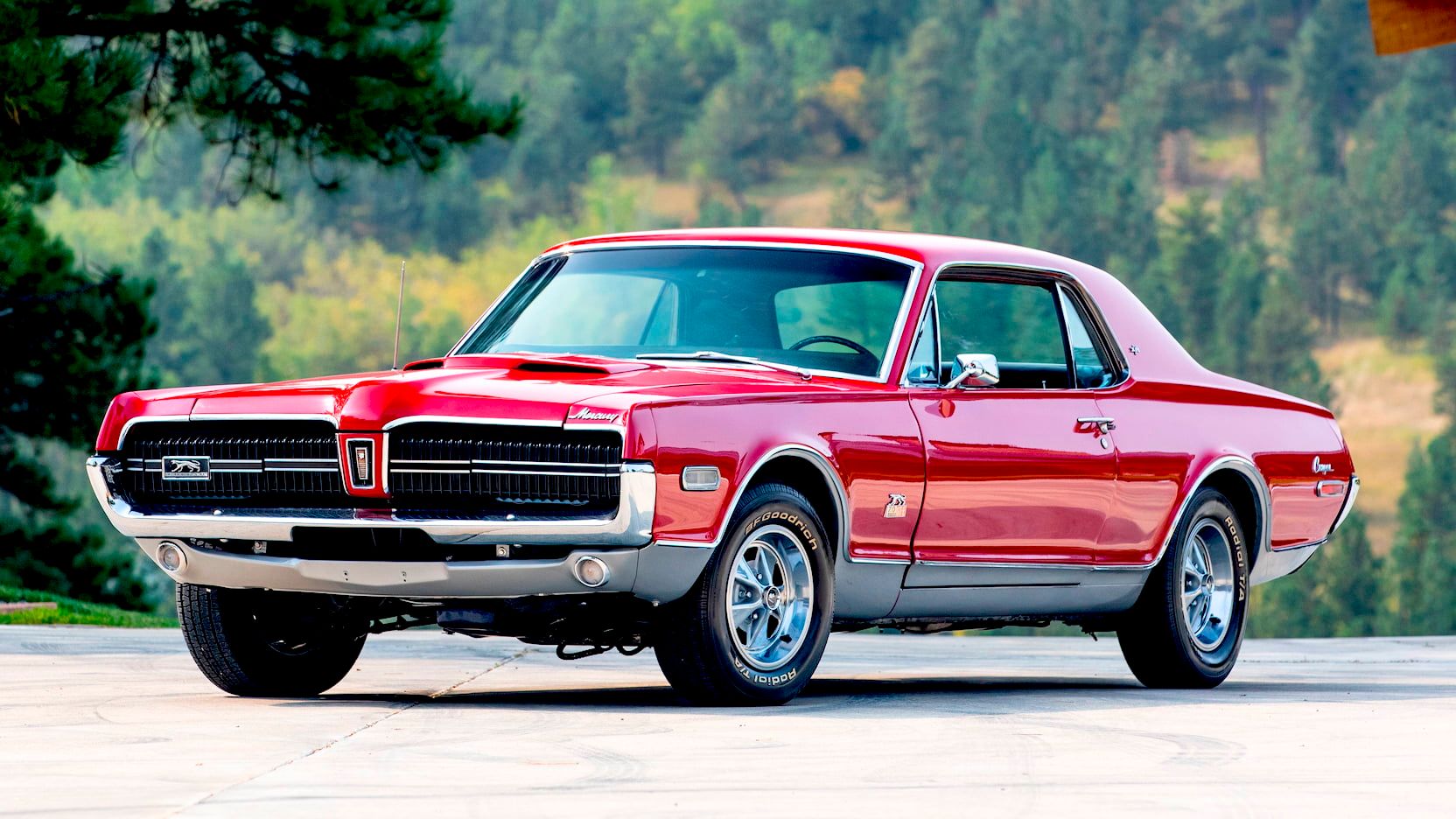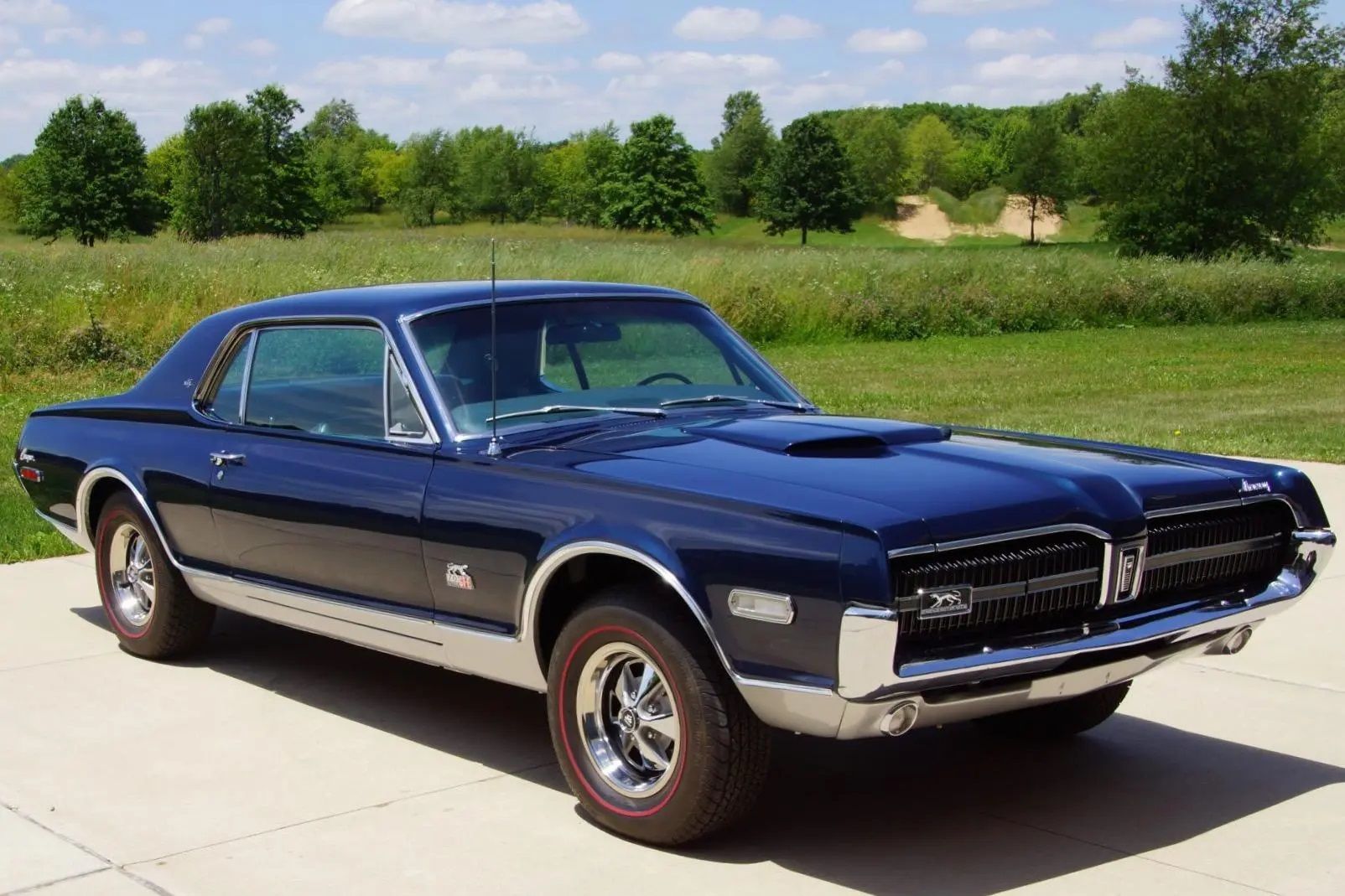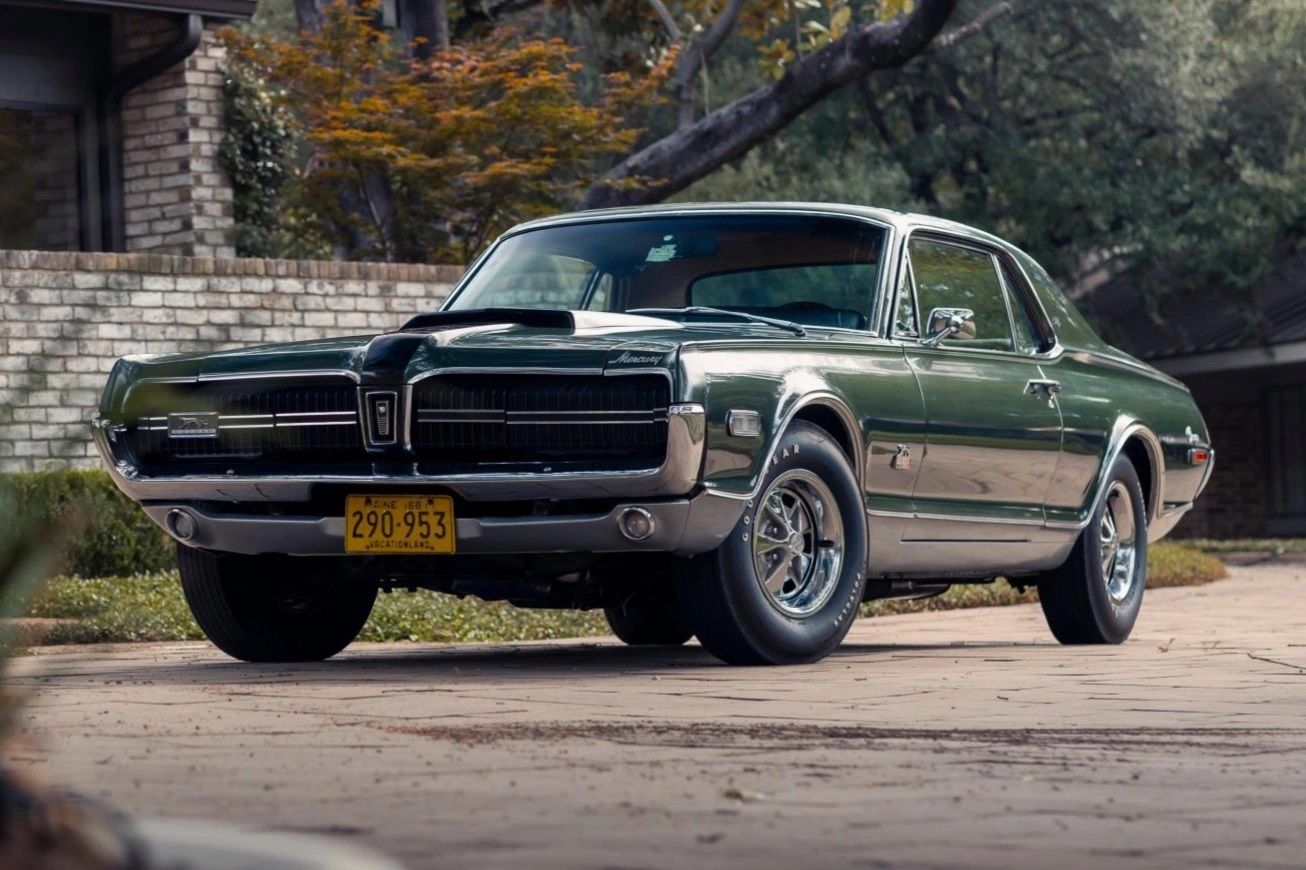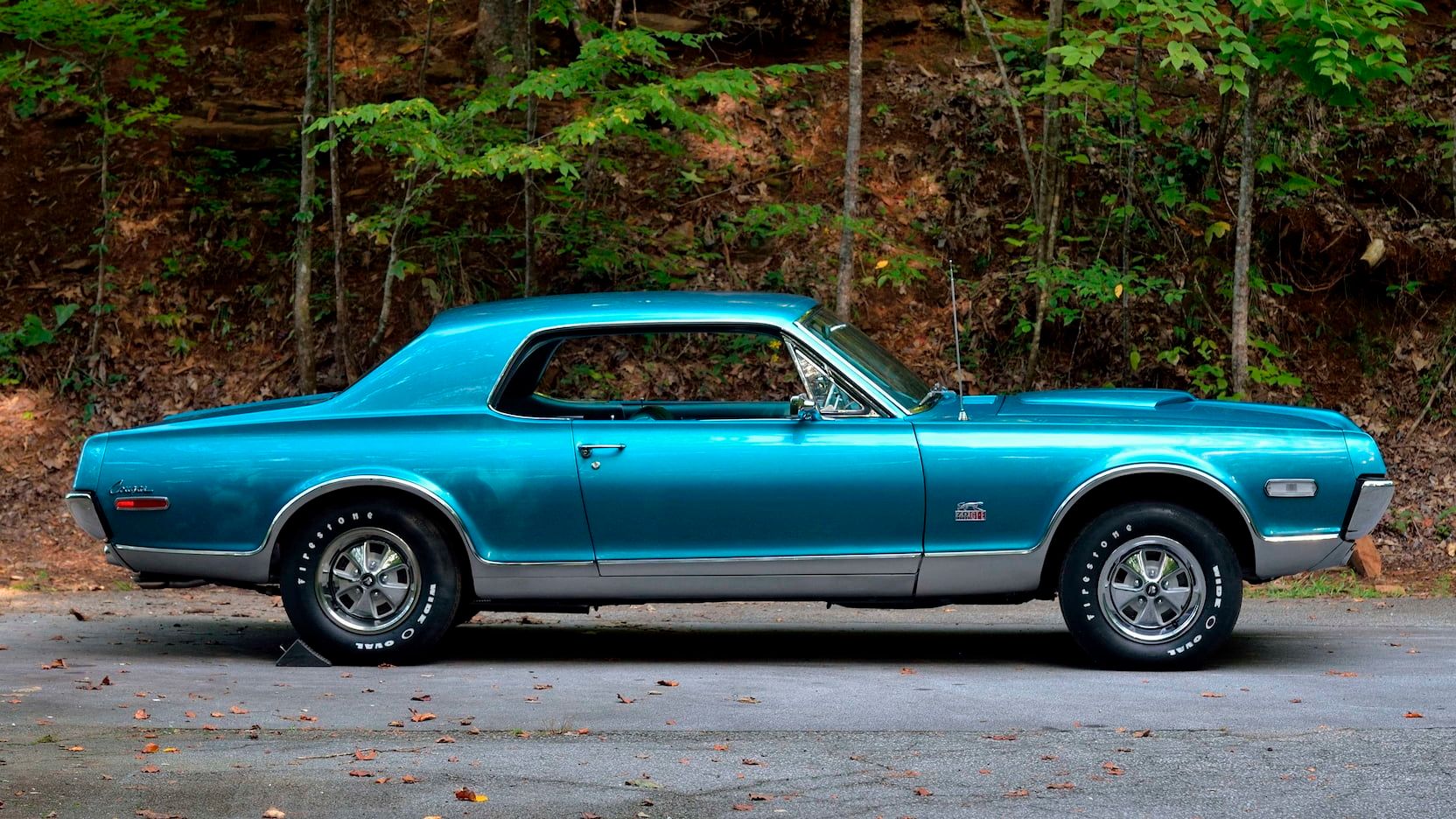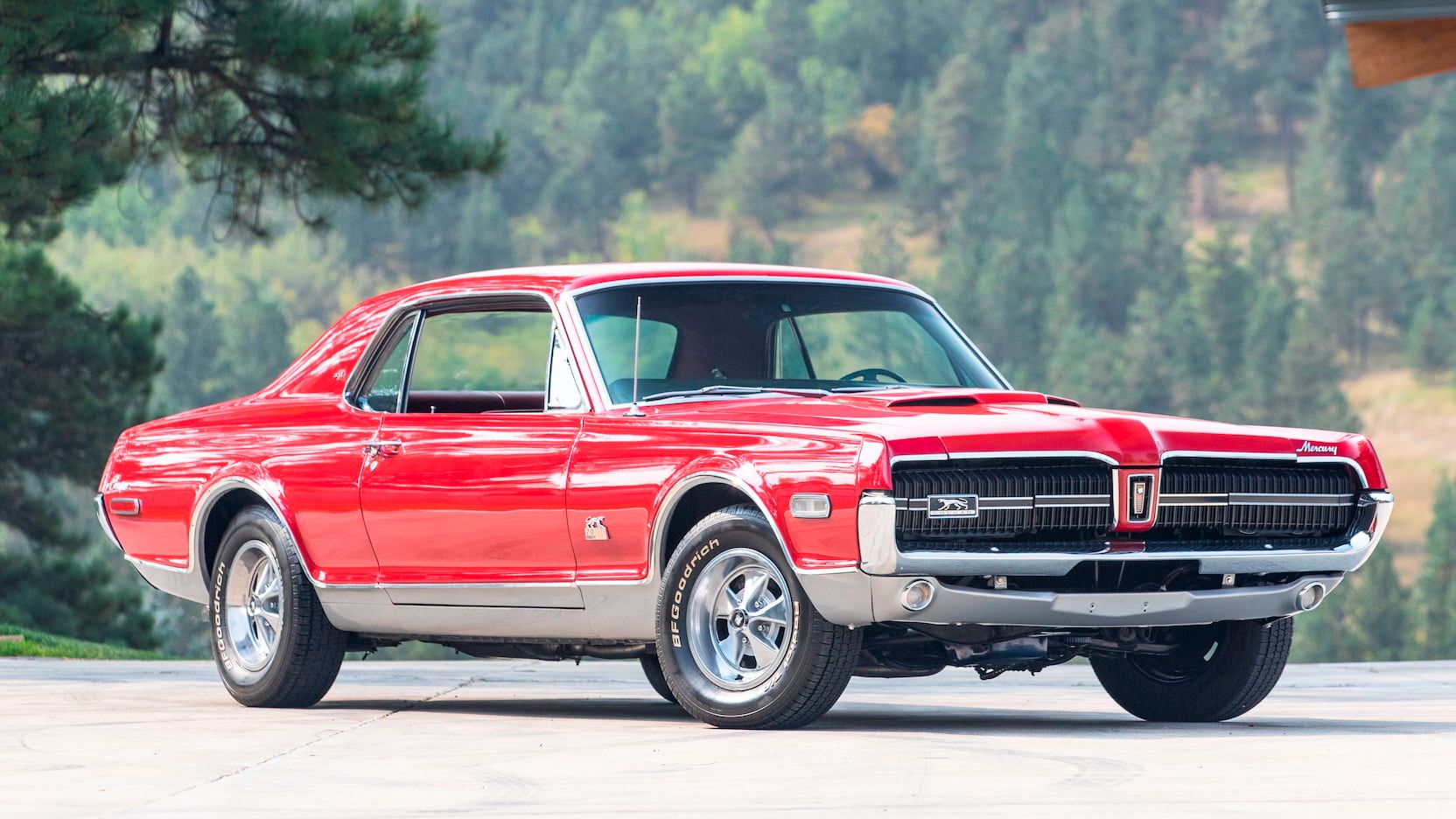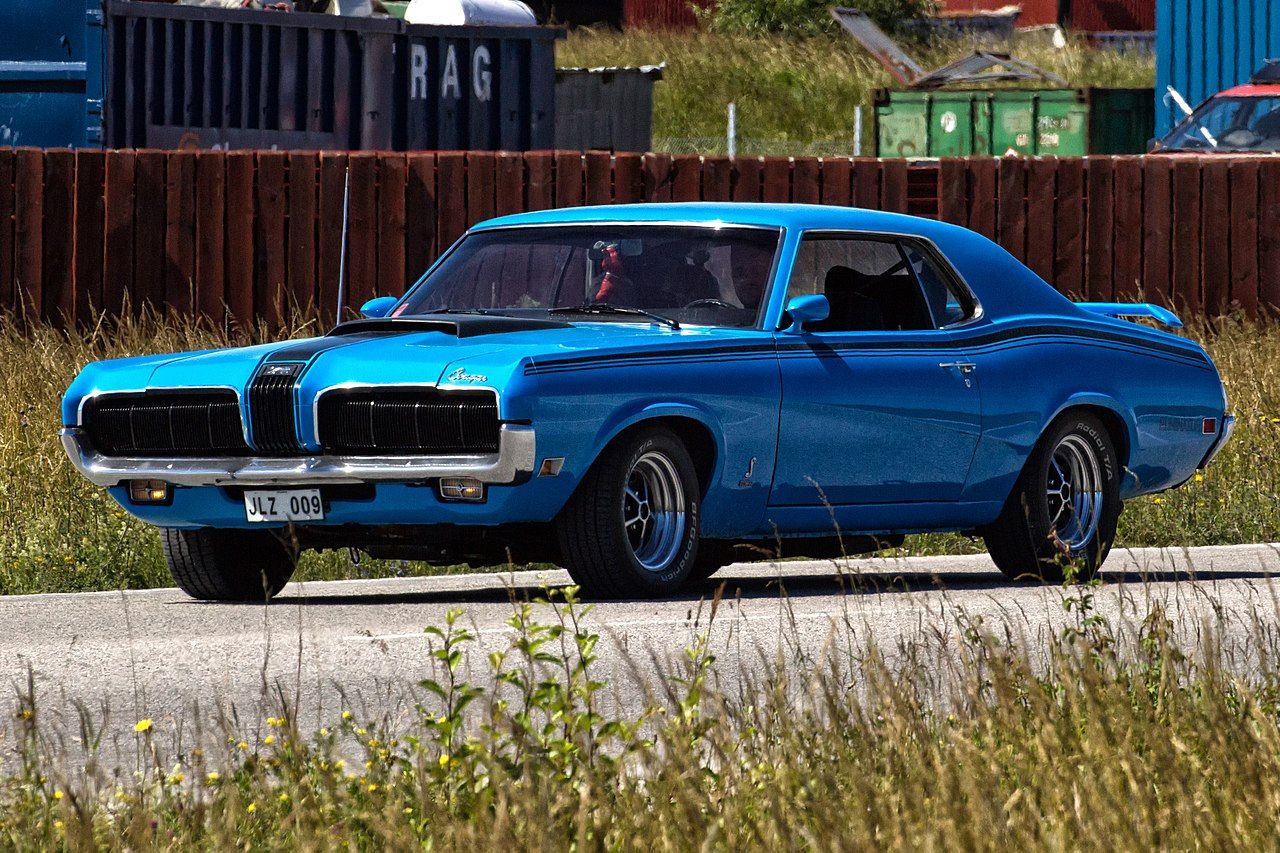One thing that can be always found true in the classic muscle car era is that the prominent names got most of the attention. Even today, that is the case, which is why some of the best muscle cars were underappreciated, like the 1968 Mercury Cougar GT-E. Since Mercury is a part of the Ford Motor Corporation, it can be a good guess that the Cougar had the same roots as the more famous Mustang, which would be an accurate assumption. The most amazing thing is that the Cougar GT-E could stand toe to toe with most of its rivals. However, consumers still opted to buy the Mustang, Corvette, Chevelle, or even the Mopar-powered machines. It's too bad because not as many muscle car enthusiasts got to experience all the great things the 1968 Mercury Cougar GT-E had to offer. The production was so low that finding a car in decent shape can be a challenge, but luckily there are some things to know that can still get this amazing car some long overdue recognition.
10 The Cougar Was Based On Ford Mustang Parts
Since Mercury was an off-branch of Ford, the Cougar was designed and developed using an existing platform Ford had in production. The Cougar GT-E was an idea that the Ford/Mercury design team had to launch along with the Ford Mustang, but the Cougar did not receive the go-ahead with the T-5 project until mid-1964, after the successful launch of the Mustang. Since the Cougar was planned, designed, and produced on the Mustang platform, many mechanical parts were similar, including the mighty 427 and 428 Cobra Jets found under the hood.
9 The Cougar GT-E Designed For NASCAR Racing
The battle for supremacy on the NASCAR circuit was intense in the '60s, which is why every American carmaker made a version of their muscle cars for track use. Since the Mercury Cougar was the planned replacement for the Mercury Cyclone, the company needed another entrant into NASCAR. The 1968 Cougar GT-E was the car built to take over the position for Mercury on the racing circuit, which of course meant that they had to produce some for the general public to qualify to race. The GT-E was designed for NASCAR racing while giving the adrenaline seekers on the street a thrill.
8 The '68 Cougar GT-E Had Limited Production
Halfway through the model year, the GT-E was offered as a trim-level package that consumers could opt for in 1968. Since the car was designed more for the track than the street, it was advertised as much to the public as its sibling, the Ford Mustang. But true muscle car lovers and die-hard NASCAR fans knew all about the Cougar GT-E and wanted one for themselves. For these reasons, very few cars were ever produced, but more than would have been thought because it was a car designed for NASCAR. The final model production count for the 1968 Mercury Cougar GT-E was only 393, with 356 of those being fitted with the side oiling 427 big block racing engine.
7 The Cougar Was On The High End Of The Muscle Car Pricing Curve
In 1968 muscle cars were not too expensive to purchase. Some, like the Plymouth Road Runner, could be picked up straight off the assembly lines for a mere $2,870. It was a huge hit with consumers on a budget because it was one of the most affordable brands on the market. As a reference point, the Ford Mustang would run about $2,650 without any options, and the Camaro SS would cost around $2,881. On the other hand, some muscle cars were built to be on the higher end of the pricing curve, such as the 1968 Mercury Cougar GT-E, which would cost up to $4,221. This included the tacked-on increase of $1,311 to upgrade the Cougar to a GT-E package.
6 The Cougar GT-E Was Heavy With Options
What a buyer would get for the extra cash was extensive because the 1968 Cougar GT-E came heavy with options. The GT-E came standard with either a 427 side oiler or a 428 Cobra Jet, chrome rocker covers, blacked out grille, two-tone paint, Super Competition Handling Package, steel wheels, hood scoop, power brakes, power steering, quad chrome exhaust tips, and a C-6 Select-Shift Merc-O-Matic transmission. All standard on the Cougar GT-E, if even available on the base-level car, would cost the buyer substantial extra cash to upgrade.
5 Most GT-E Cougars Had A 427 Big Block
The majority of the 1968 Mercury GT-E Cougars came off the production lines with the 427 side oiling big block engine. Unfortunately, finding a car with this popular racing motor is difficult today because so many owners in the '70s and '80s used the 428 conversion kit that became available for them. The original 427 is hard to find today, but back in the day, it would push out right around 390 horsepower and could pound out up to 460 pound-feet of torque.
4 The GT-E Had The Infamous 428 Cobra Jet
Out of the 393 '68 Cougar GT-E cars that were built, only 37 of them were graced with the 428 Cobra Jet engine. In a time of thoughts like "there is no replacement for displacement," having such a powerful motor under the hood of any car was a step above the rest. In 1968 the 428 CJ could easily push out 335 horsepower and had a torque rating of 445 pound-feet. On the track, the GT-E with a 428 CJ could speed from 0 to 60 within six seconds and race through the quarter-mile track in under 14 seconds. Not too bad for a car that weighed over 3,300 pounds.
3 The Last Year For A Classic Muscle Car Engine
For many classic muscle car collectors and enthusiasts, the side-oiling 390 and 427 are engines that are highly sought after because they are so rare. Plus, they are one of the best classic engines that Ford ever made. The 1968 Mercury Cougar GT-E was one of the last cars to have this big block engine slid under the hood, so it is a prized car that is one of the last of its kind. The 428 did not last much longer, being retired from production cars in 1970, so the Cougar with it installed is also a find for most, but it still pales compared to the vehicles with the original 427 big blocks.
2 The GT-E Cougars All Have A Scoop, But Not All Are Functional
The power dome hood scoop was present on every 1968 Mercury Cougar GT-E that came off the production lines, but not all were functional. The cars with the 427 only had simulated air inlets because the side oiling engine did not need any extra air shot into it when accelerating hard. The 428 Cobra Jet, on the other hand, had to have that little extra burst of air so the engine could perform at its optimal levels. That is why the Cobra Jet Air Ram was so important for the GT-E cars that did come with the 428 CJ.
1 Vacuum Covered Headlights Were Unique But Troublesome
The late '60s Cougars were the only ones that came with covered headlights, which were activated through a switch inside the cockpit. The headlight covers were operated through vacuum lines that would push or pull on the blacked-out covers. The problem that these types of vacuum-operated devices had was in alignment. The covers would commonly not open or close evenly, leaving a space for the headlights to be seen from. While not a serious issue, it was a huge annoyance to those that wanted their Cougars to look as perfect as they ran.
FAQ
Q: What engine was in the 1968 Mercury Cougar GT-E?
Two different engines could be purchased with the 1968 Mercury Cougar GT-E. The most common was the side oiling 427 racing engine, with very few cars being built with a 428 Cobra Jet under the hood.
Q: Was the GT-E package worth the extra money?
Considering how much money it would cost to add on every option included in the GT-E package, which costs a mere $1,311, you could get them all without breaking everything down, which will always cost more. So yes, the extra money was a good investment.
Q: How much is the 1968 Mercury Cougar GT-E worth today?
Finding the actual current value of any classic car is not as easy as just looking it up. You must go through some of the most current auctions to find the value. In this case, Bring a Trailer shows one selling for $157,000 last year.
Q: Is the '68 Cougar a muscle car?
The 1968 Mercury Cougar was built on the same platform as the Ford Mustang and was fitted with many of the same mechanical parts. The Cougar was designed and produced as a classic muscle car to complement the already popular 'Stang.

